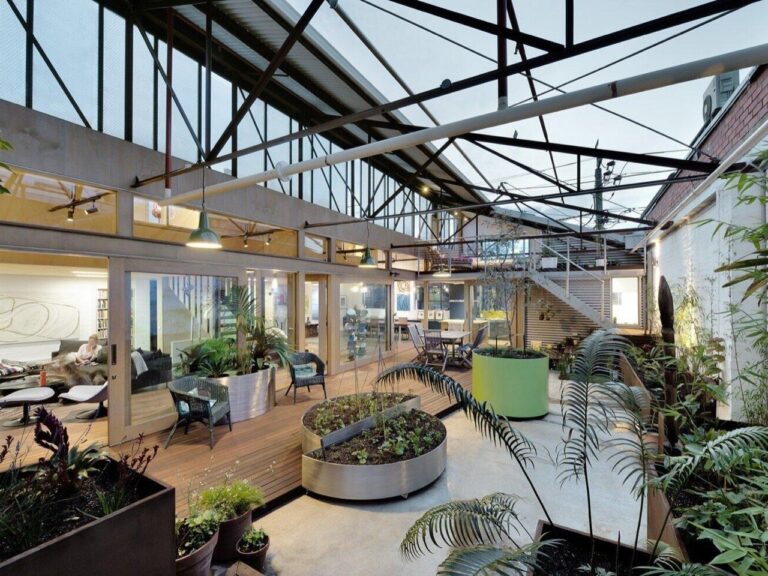The Living Future Conference 2024: Navigating Challenges in the Green Building Movement
A Movement at a Crossroads
The Living Future Conference, an annual gathering of sustainability leaders, architects, and activists, took place in May 2024 under a cloud of uncertainty. Co-founded 19 years ago by architect and activist Jason McLennan, the event—hosted by the International Living Future Institute (ILFI)—has long been a beacon for regenerative design, zero-carbon construction, and healthy materials advocacy. However, this year’s conference, titled “Accelerating Regenerative Action,” struck a different tone. Amid shifting federal policies, disappearing grants, and growing industry tensions, a pressing question emerged:
“Are we a movement, or are we an industry?”
This existential dilemma, posed by ILFI CEO Lindsay Baker in the opening plenary, set the stage for a three-day dialogue on the future of sustainable building—one that balanced hope with urgency, idealism with pragmatism.
The Green Building Movement: From Peak to Pivot
The Rise and Challenges of Sustainable Design
For years, the Living Future Conference has been a driving force behind green building innovation, thanks to initiatives like:
- The Living Building Challenge (a rigorous sustainability certification)
- Zero-energy and zero-carbon building standards
- The Red List (identifying harmful chemicals in construction)
- Declare labels (transparency in material health)
These efforts have spurred technological breakthroughs, policy changes, and job creation across the architecture and construction sectors. However, external pressures—such as Trump-era tariffs, revoked climate grants, and corporate retreats from climate funding—have forced a reckoning.
Jason McLennan’s Provocation: “The Green Building Movement is Dead”
In a fiery keynote, McLennan declared, “The green building movement is dead—or mostly dead.” He argued that the movement’s peak influence was between 2010–2015, coinciding with milestones like the Living Building Challenge launch and Architecture 2030’s adoption. Since then, he lamented, “We’ve lost every battle.”
His solution? The movement must become a “nurse log”—a decaying tree that nourishes new growth. This metaphor called for reconciliation with opposing viewpoints and fresh strategies for regenerative design.
To jumpstart this evolution, McLennan announced a 100-person seminar in September 2024, aimed at redefining the movement’s future. Hosted by his nonprofit School of Regenerative Design, the event will serve as both a think tank and fundraiser.
Political and Economic Headwinds: The Fight for Funding
Lost Grants and Shifting Priorities
Lindsay Baker revealed that ILFI’s $5 million EPA capacity-building grant, secured under the Biden administration, was abruptly placed on a “kill list”—a casualty of political shifts. While formal cancellation is pending, the loss threatens critical workforce training and equity initiatives.
Other setbacks include:
- The Gates Foundation dissolving its climate policy teams
- Corporate partners scaling back decarbonization investments
- Ongoing challenges in aligning government and industry on carbon reduction
From Certification to Storytelling: A New Strategy
With policy support waning, Baker emphasized the need for pivoting from certifications to storytelling and education.
“We’re actually pretty dang good at creating good jobs in this industry,” she said. “So we need to make sure that our rhetoric—and our tactics—are about partnering with communities, training workers, and demonstrating real-world impact.”
This shift includes:
Expanding partnerships with trade schools and colleges
Highlighting green jobs as economic drivers
**Framing sustainability as a *workforce development opportunity*

A Call to Collective Action
The 2024 Living Future Conference underscored a pivotal moment for the green building movement. While external challenges loom large, the event also sparked renewed determination—a recognition that sustainability must evolve beyond idealism into actionable, inclusive strategies.
Catch up on the latest projects, trends, and bold ideas in the world of “architectural” content on ArchUp.





